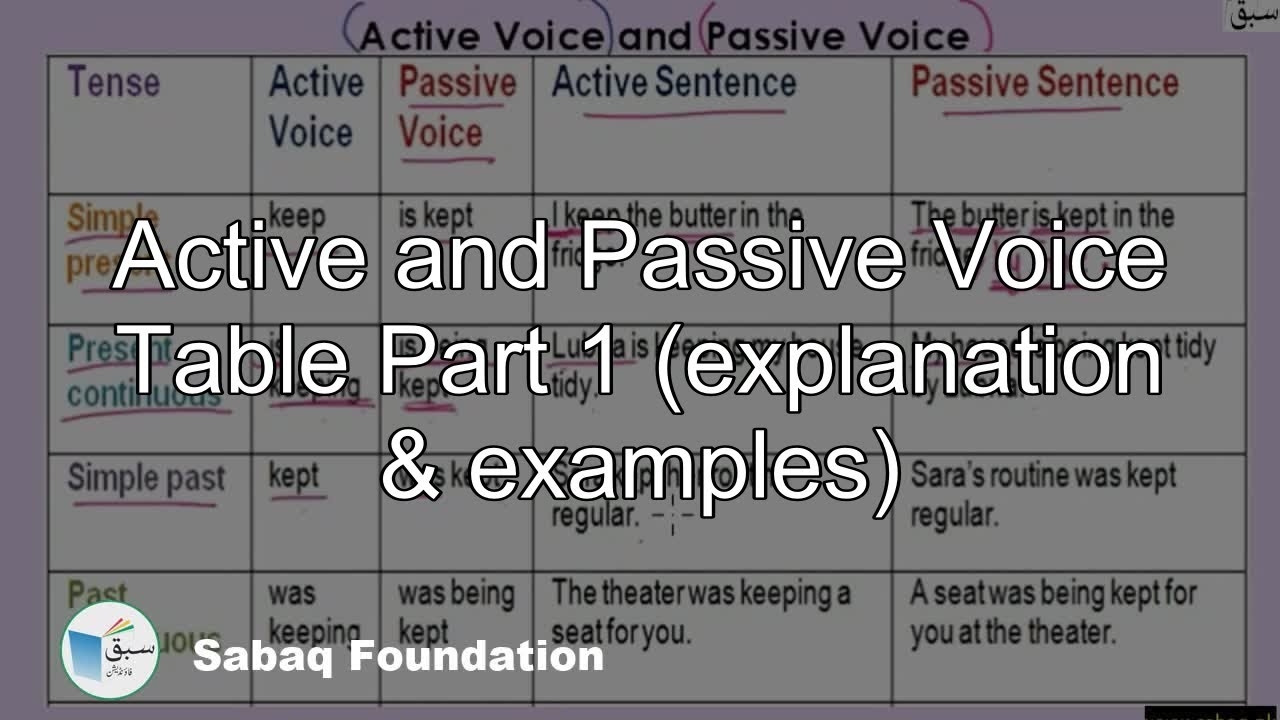When it comes to writing, understanding the difference between active voice and passive voice is crucial. Active voice is when the subject of a sentence performs the action, while passive voice is when the subject is acted upon. Both have their own set of rules and guidelines that writers should be aware of in order to effectively communicate their message.
In active voice, the subject of the sentence is performing the action. For example, “The teacher (subject) graded (action) the papers.” This sentence is clear and direct, making it easier for the reader to understand who is doing the action. On the other hand, passive voice is when the subject is being acted upon. For example, “The papers (subject) were graded (action) by the teacher.” This sentence is less direct and can make the writing seem more formal or distant.
One important rule to remember when using active voice is to keep the sentence structure simple and concise. This helps to maintain clarity and allows the reader to easily follow the flow of the writing. In passive voice, it is common to use auxiliary verbs such as “is,” “am,” “are,” “was,” or “were” along with the past participle of the main verb. This can sometimes lead to wordy and confusing sentences.
Another rule to keep in mind is that active voice is generally preferred in most forms of writing, as it tends to be more engaging and dynamic. Passive voice can be useful in certain situations, such as when the focus is on the action rather than the subject performing it. However, overusing passive voice can make the writing seem dull and lacking in energy.
It is also important to consider the impact of active voice and passive voice on the tone and style of the writing. Active voice is often associated with directness and assertiveness, while passive voice can give the writing a more formal or academic tone. Understanding when and how to use each type of voice can help writers effectively convey their message and connect with their audience.
In conclusion, mastering the rules of active voice and passive voice is essential for effective communication in writing. By understanding the differences between the two and knowing when to use each, writers can create clear, engaging, and impactful content that resonates with their readers.
